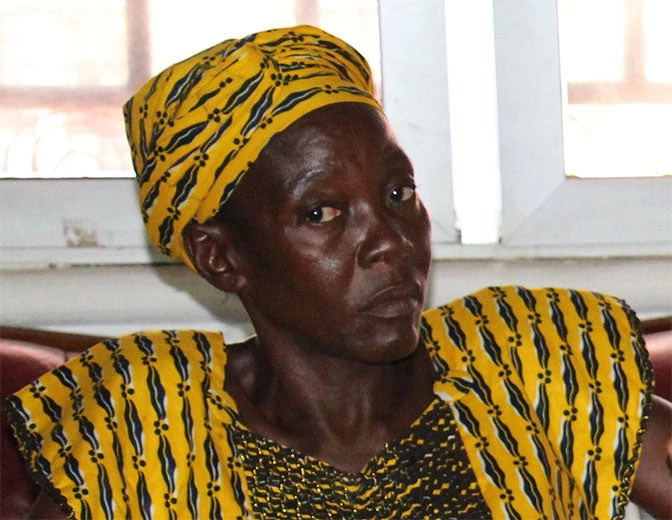
Photo by: Michael Sahr/World Bank
The purpose of our trip, made considerably less arduous thanks to the Bank’s support to rehabilitate the road from Monrovia to Ganta, was to participate in the Liberia country team retreat. This year, an important part of the retreat was to give voice to some of the Bank’s clients in the agricultural sector and to seek candid feedback on whether the Bank was doing enough to support agriculture in Liberia.
Needless to say, the issues of agriculture’s role in the economy took on added importance, not only because half of Liberia's working population is engaged in the sector, but more-so because Liberia’s largely undiversified, primary commodity-dependent economy is reeling from sustained low prices for rubber and iron ore, whichhave left mines shuttered and rubber fields untapped. We heard from the Minister of Agriculture of the government’s commitment to take action to tap into the obvious potential of the agricultural sector, including through the establishment of the appropriate institutional structures.
But while institutions are necessary, they are certainly not sufficient. What more should the government do beyond institution? The “wickedly hard” question for me was; why, despite the almost ideal agro-climatic conditions in Liberia for most tropical crops, including the country’s staple food—rice—weren’t there more Liberians turning to the land? Liberia imports about $200 million of rice every year, so market is obviously not an issue. To be sure, the problem is more complex, with issues of land tenure, and access to credit—two of the oft cited issues.
A key part of the “wickedly hard question” was answered by the very moving testimonial from a woman cocoa farmer, who spoke quite passionately in her native “Mano” tongue, but a part of what she said was translated: “I had a cocoa farm but did not know anything about cocoa farming, but with the World Bank’s project, I was shown how to do cocoa farming and my yield went from 100 to 600 kilo.” So, just bridging the knowledge gap at the level where it's critical—the level of the farmer—could boost cocoa production six folds. Even with no change in the price, this improvement in yield translates into a substantial improvement in income for the farmer.
The second important part of the question was answered by a presentation on what was deemed a financing model for cocoa. Such models, we were told, have been successfully implemented in Ghana and elsewhere. In fact, the model is more than just a financing model as it incorporates the provision of critical inputs including, high quality seedlings, which as we observed on a demonstration farm outside Ganta, had started producing pods in less than two years! It also incorporates technical advice on how to improve the husbandry of cocoa for higher yields and a marketing arrangement for the cocoa beans.
Perhaps bridging the knowledge gap at the level of the farmer and adopting a more comprehensive support model—from inputs to market—for farmers across the various crop groups hold promise for encouraging more and younger farmers to the land or at least substantially improving the incomes of those currently engaged in the sector. If so, it will demonstrate that sometimes, seemingly difficult questions do have simple answers.


Join the Conversation